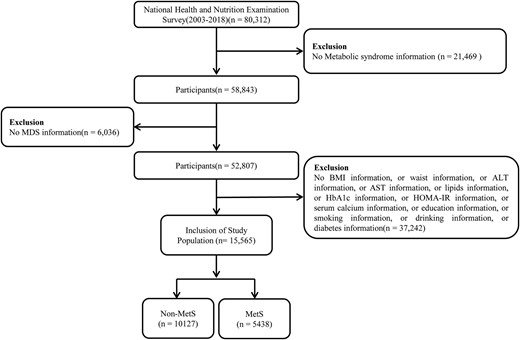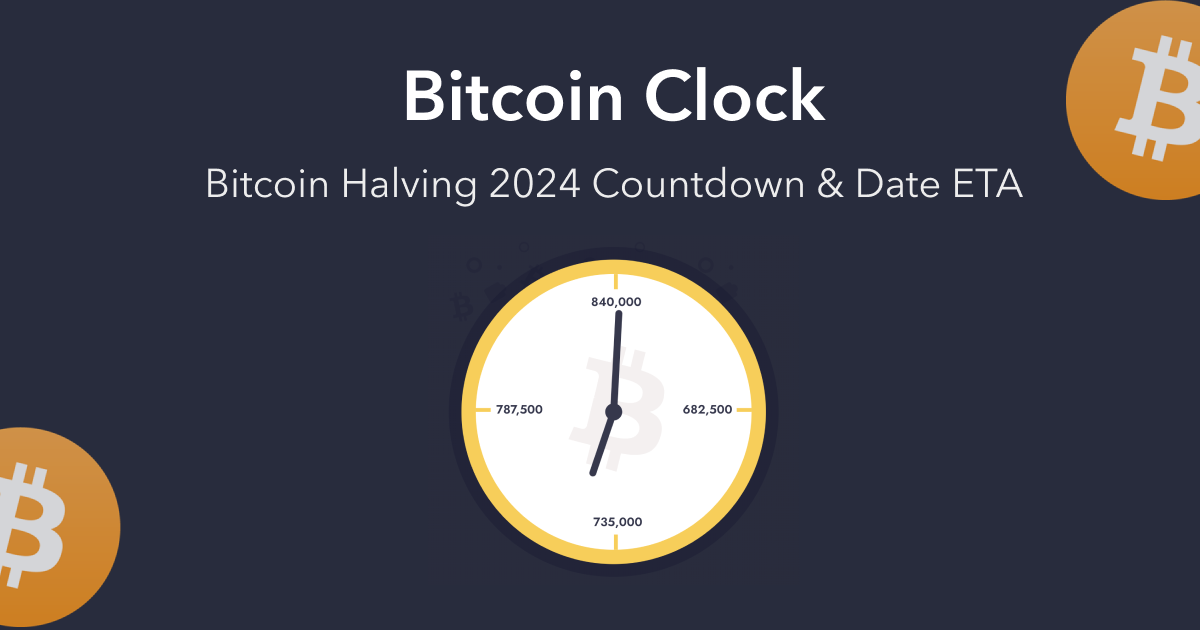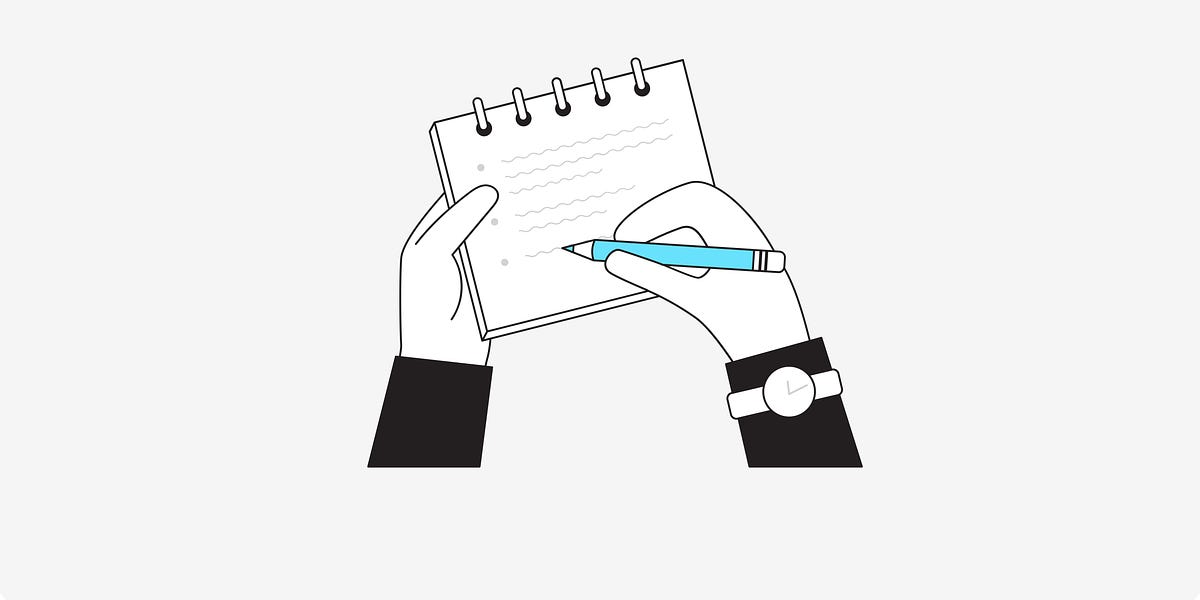.png)
How to use personality assessments for hiring
Personality tests measure our enduring human traits. Are you introverted or extroverted? How open are you to new experiences? How conscientious are you? (And more.) If you're looking to incorporate personality assessments into your hiring process, you're not alone. Over half of Fortune 500 companies already use personality assessments to help team members understand one another, work well together, and make hiring decisions. When done right, they’re appealing due to their ease of use, digestible results, capacity for establishing a solid link to performance, and lack of discrimination against underrepresented groups.
Use personality assessments to enrich discussion and help with team building. Personality results don’t have to factor into your hiring decisions directly, and that's ok! However, they can still help candidates understand the team they're applying to and vice versa. Well-designed personality assessments provide a look at the team as a whole and help facilitate conversations about the potential strengths and challenges of the candidate in light of the team's dynamics. DiSC and Myers-Briggs Type Indicator (MBTI) are known for useful team-building reports and guidance. Personality can also be super practical in terms of selection. Thousands of workplace studies have validated personality’s link to performance and its lack of adverse impact (i.e., discrimination against underrepresented groups; see Hogan and Schmidt and Hunter’s seminal meta-analysis). Examples of selection-oriented personality assessments include Big Five based measures like the Hogan Personality Inventory (HPI), DiSC, Myers-Briggs Type Indicator (MBTI), Predictive Index (PI), and highly-developed military assessments like the Tailored Adaptive Personality Assessment System (TAPAS). There are caveats:
Be clear about how you plan to use the results. Hiring is a two-way street, and if applicants don’t feel treated well or see the job-relatedness of your process, they might bail. Be clear about whether you’re using the assessment for selection, discussion and team building, or a combination of the two. Ensure your assessment has been validated and tested for discrimination (this goes for any other component of your hiring process, too). Share results and data with the candidate. This keeps the right kind of pressure on you to ensure your assessment is transparent and fair—it’s also a solid, trust-building look. Don't start and stop with candidate data, though; build out the two-way street. Have the hiring team take the assessment and share results with the candidate, ideally placing the candidate within the context of the team's results. Provide clear guidance and valid interpretation of the results. This requires knowing the norms and characteristics of respondents who score in various ranges of each personality trait you assess. Work with a validated assessment or link up with an I-O psychologist to ensure you get this right. Don’t box people in. There is error in every measure, but there can also be plenty of signal when done right. Don't oversell or undersell the results; be clear about their utility and limitations. If you're placing somebody into a profile or type (think Myers-Briggs, DiSC, or Enneagram), you should also allow respondents to see where they fall on the component scales that underlie a given type (e.g., is somebody an extreme Myers-Briggs "I" or just barely past the midpoint?). Although collapsing scale data into types can be helpful for a simple, digestible result, it also removes some of the nuances of your measures. If you make the tradeoff of precision for simplicity, allow respondents to dig a level deeper if they'd like. It naturally pushes back on boxing someone into a type.





















